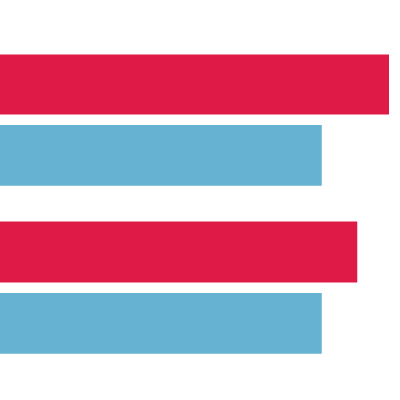Relationship between health and home quality
19 April 2021

- 28% of private renters in non-decent homes rate their health as less than good, compared with 22% living in decent homes.
This chart shows the proportion of those rating their health as less than good (on a range of very good, good, fair, bad or very bad) by tenure and whether they live in a non-decent or decent home.
Non-decent homes are those with a hazard of immediate threat to a person’s health, not in a reasonable state of repair, lacking modern facilities or not effectively insulated or heated.
People living in non-decent homes are more likely to report less than good health than those living in decent homes in the private rented sector (28% and 22%, respectively) or if they own their own home (18% and 15%, respectively). In contrast, those living in decent homes in the social rented sector appear to have poorer self-rated health than those in non-decent homes, although the difference is not statistically significant. This may reflect the greater likelihood of decent homes in the social rented sector and how homes are allocated: poor health is one of the criteria for priority access to social housing.
Non-decent homes can potentially affect health in several ways. For example, Category 1 hazards – as assessed by the Housing Health and Safety Rating System (HHSRS) – such as tripping risks can cause injury, whereas poorly insulated homes can contribute to a cold environment. When looking at health by tenure, it is important to note that causality can run both ways: people with poorer health may have worse employment outcomes, leading to less income to acquire good quality housing.
The association between poor health and non-decent homes is highest in the private rented sector, which also has the highest proportion of non-decent homes. Progress in improving the standards of homes has stalled in recent years, highlighting the need for renewed policy attention.
- Non-decent homes have been defined by the Ministry of Housing, Communities & Local Government as homes with a Category 1 hazard – as assessed by the Housing Health and Safety Rating System (HHSRS) – that are not in a reasonable state of repair, lack reasonably modern facilities or do not provide a reasonable degree of thermal comfort.
- Less than good self-rated health is defined as those who rate their health as fair, bad or very bad.
Source: Ministry of Housing, Communities & Local Government, English Housing Survey. Data are for 2013/14.







